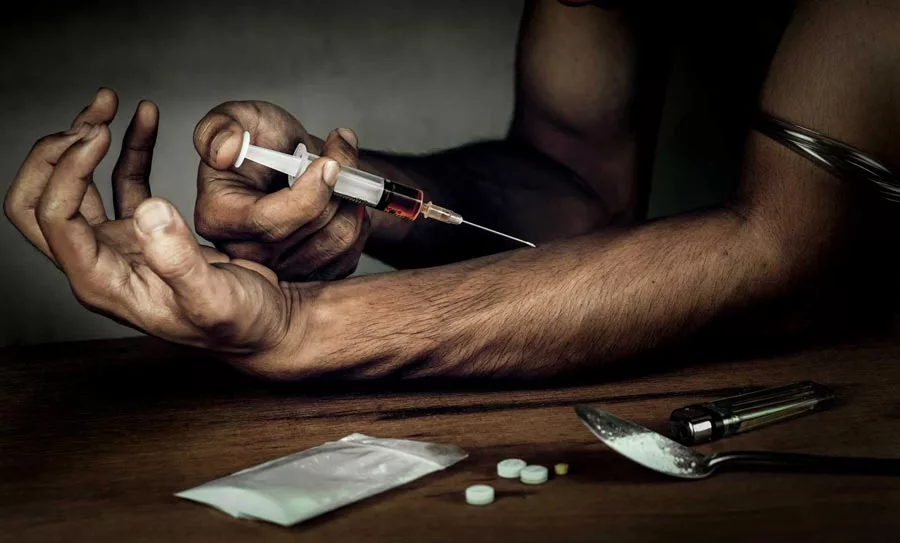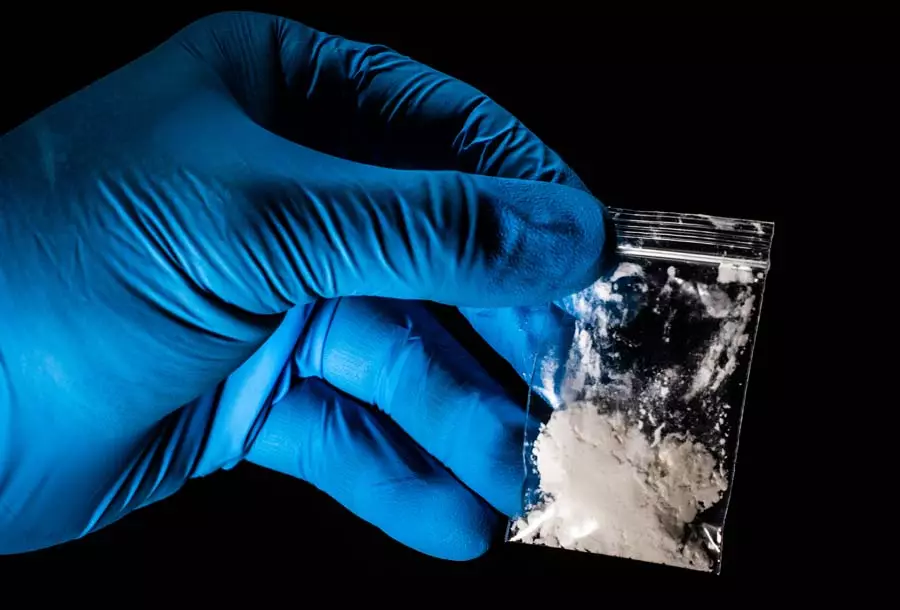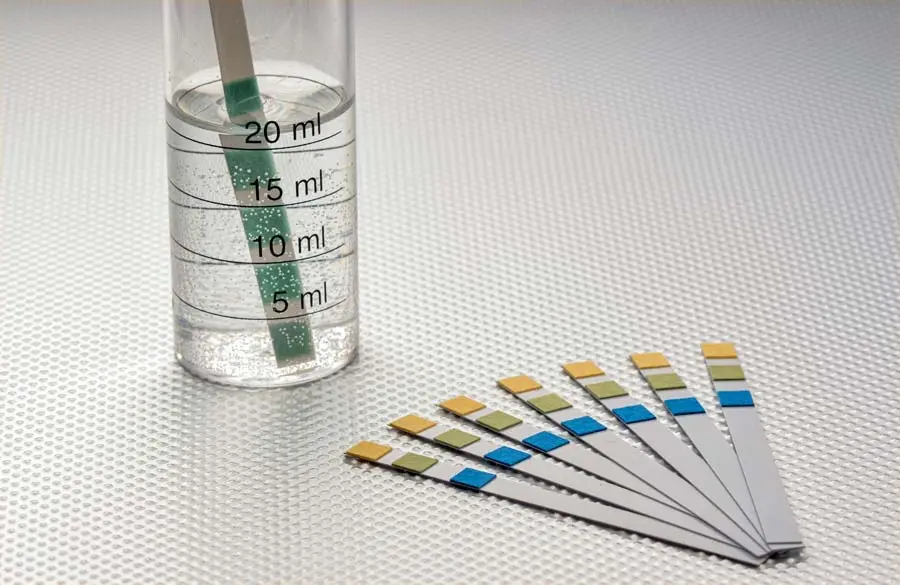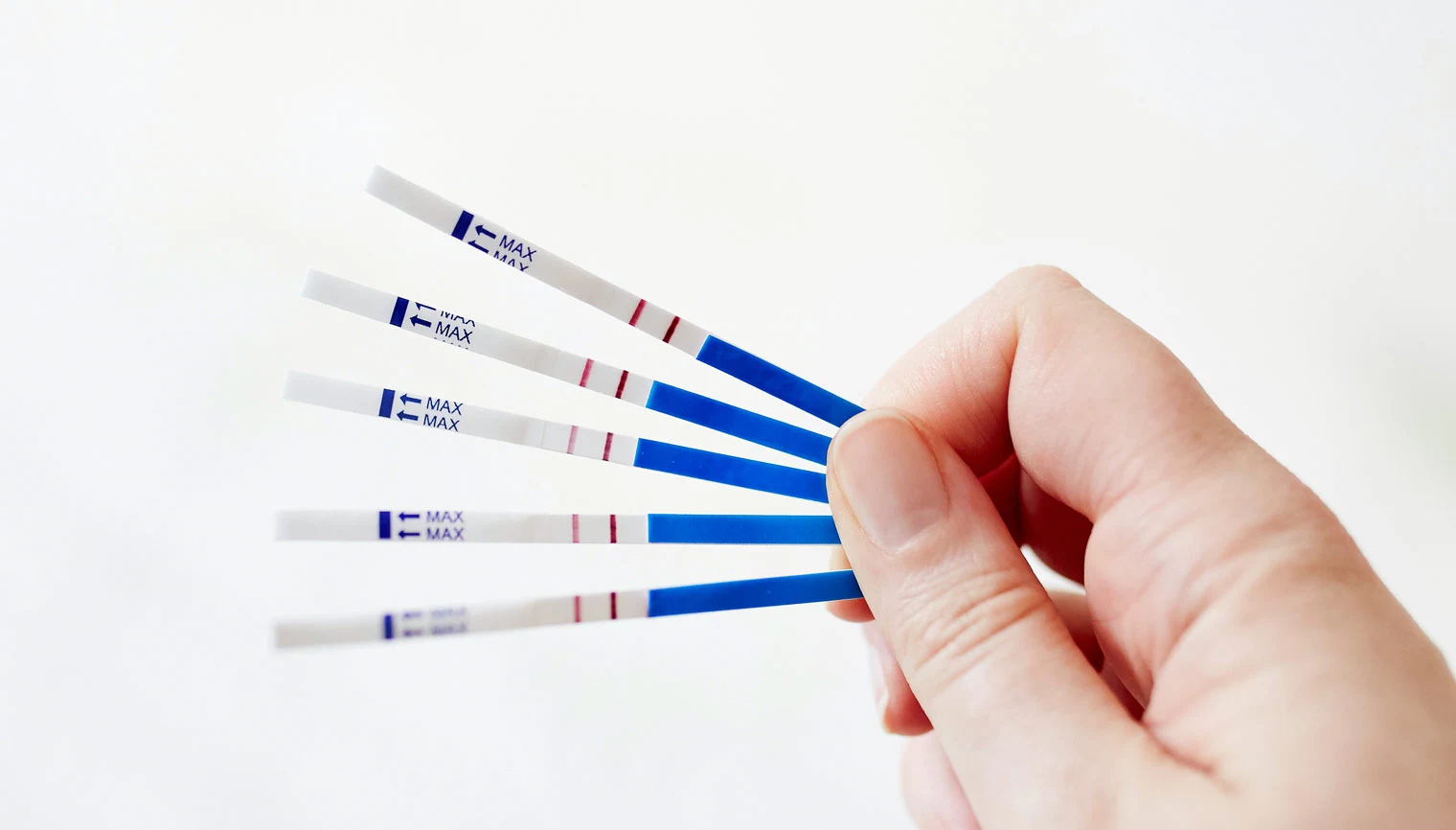As overdose deaths continue to climb, people everywhere search for some break in the chaos around America. Could fentanyl test strips be the harm-reduction solution people are looking for, or is this just further pushing the acceptance of illegal drug use in America?
During the early stages of the opioid epidemic, many Americans were transitioning from pain pills to heroin. This search for pain relief led to heroin addiction issues our nation had never seen before.
Thousands of people who would have never used illegal drugs otherwise turned to the streets for pain relief because of new restrictions imposed on the pharmaceutical industry regarding the distribution of painkillers.
The very same entities responsible for getting patients addicted to opioids were now abandoning them as doctors everywhere drastically limited the number of prescriptions they wrote for drugs like Oxycontin, Percocet, and more.

This increase in heroin use naturally brought more overdoses with it, as people who weren’t used to the potency of heroin overused the drug to self-medicate. However, as heroin use increased, overdose deaths began to skyrocket at much higher rates than usual.
Even with the estimated number of individuals who abused heroin being high, the ratio of overdose deaths to users was grossly disproportionate.
Authorities began investigating the surge in overdose deaths as a new substance started to surface in toxicology reports. Many of the unfortunate victims had fentanyl in their systems. This led to a new epidemic of epic proportions, which continues today.
In the past half-decade, medical and legal officials have fought tooth and nail to find some solution to the mind-boggling number of overdose deaths. The past two years produced off-the-chart numbers, with 2019 checking in at approximately 97,000 opioid-related overdose deaths and 2020 jumping to just shy of 110,000.
The overdose deaths associated with fentanyl at this point are beginning to eclipse other killers in this country, and it won’t be long until opioid overdose deaths replace diabetes and heart disease on the list of the top causes of death in this country.
Is harm reduction the only option we have left in putting out the fires burning across our country because of this deadly drug? With no end in sight and no solution even close to being available, harm-reduction could at least be a temporary band-aid to stop the bleeding.
Fentanyl is a synthetic opioid that’s 50 times more potent than morphine and heroin. Synthetic means that this medication is 100% lab-made, containing no traces of the poppy plant like its natural counterparts.
Fentanyl is more closely related to methadone in the way it’s manufactured, but even the latter is dwarfed in potency when it comes to deadly fentanyl. In the last decade, the drug has had an interesting journey on its way to taking up residency right in our backyards in clandestine fentanyl labs just over the border in Mexico.
Initially, fentanyl began surfacing in the 1970s as batches of heroin known as “China White.” This incredibly potent form of “heroin” was only scarcely available as America began leaning toward large batches of the brown heroin imported from Colombia and the darker, stickier substance known as “tar” that was in its infancy at that time.
For decades, this brown heroin dominated the illegal drug markets, followed by grey batches of the drug that made their way into the market from areas in the Middle East like Afghanistan. However, fentanyl began rising in popularity in the pharmaceutical world thanks to pain patches and lozenges available through prescription and eventually a controversial inhaler that made its way to market.
However, the drug was still only reserved for the most severe cases of chronic illness. At some point, black market drug dealers began lacing batches of heroin with white fentanyl powder imported from China.

These wholesalers realized they could quickly double and triple their profits by mixing batches of heroin with the much-more powerful fentanyl. However, clueless about the chemistry of the solutions they were producing, these batches began causing overdoses across America.
Federal agents traced the batches of this heroin to a few small clandestine labs in Mexico, participating in raids that they assumed to put a stop to the production. However, this was only the beginning of our country’s issues with fentanyl.
Our border agents began cracking down on shipments and imports of fentanyl from China, assuming this would slow down the problem. However, the resourceful Mexican drug cartels began producing this deadly drug in local warehouses, making fentanyl even more available to American users.
Currently, a new line of defense in the form of fentanyl test strips has been deployed in hopes of not stopping fentanyl use but curbing the number of deaths.
Fentanyl test strips are a more affordable detection technology initially designed to flag the presence of the drug in urine samples. The strips are incredibly easy to use and alert the tester to the presence of fentanyl in a matter of five minutes or less.
Currently, fentanyl test strips are available in multiple cities at health departments and distribution sites for users who want them. They’re typically available as part of harm-reduction kits that include syringes, Narcan, and other assorted utensils that prevent the risk of injury or death during substance abuse.
The effectiveness of fentanyl test trips remains to be seen, as another significant problem exists regarding fentanyl toxicity. Typically, heroin and opioid users are the primary demographic that takes advantage of the availability of fentanyl test strips. However, this does nothing for users of other drugs that are fentanyl-laced, which currently could be many substances on the black market.
Many would assume that the answer to this question is simple. However, because of the availability of fentanyl in large amounts at low prices, many different drugs are popping up containing traces of fentanyl.
The problem seems to spike in the spring and summer when music festivals are in full swing. During the last few summers, many deaths occurred at popular events like Coachella, Bonnaroo, and other concerts where drugs are usually widely available.
The list isn’t contained to just one class of drugs, either. Substances included on the list that was fentanyl-infused include marijuana, methamphetamine, MDMA (powdered and pill-form), ketamine, and prescription pills.

Many people wonder how a test strip detects fentanyl. The testing process is quite simple and can be conducted without using any special tools or devices other than the test strip itself. Below is a sample of the necessary steps for using a fentanyl test strip.
Fentanyl test strips are completely legal for anyone to use. Officials in many cities and states encourage their use and supply them free of charge.
The best places to find free fentanyl test strips would be your local health department or something similar. Methadone clinics and other medication-assisted treatment locations allow vendors to sit in the parking lot to pass out harm-reduction kits to patrons.
Otherwise, check the website of your county or city, or perform a simple Google search. Some areas have harm-reduction vehicles and vans that drive around to random locations and sit for a few hours, allowing residents to meet them while distributing harm-reduction packs.
If you can’t find anything labeled explicitly under harm-reduction, look for a needle exchange program in your area. They are likely to participate in these types of programs or know a way you can access them.
Some cities even have a delivery service that will bring harm-reduction packs to your door each week. Every town is different, so it’s important to do your research.
Harm reduction has plenty of advocates at the citizen and politician levels throughout the United States. However, many officials have been heavily outspoken regarding harm reduction, saying it promotes drug use and sends the wrong message.
Controversy regarding harm reduction methods has been a hot topic, especially since Joe Biden was elected. Since Biden has taken office, he’s released millions in federal funding for states and cities to improve harm-reduction programs and provide more money for supplies.
This has caused a split among citizens and politicians of many cities and states, with one side arguing harm reduction significantly reduces the number of deaths from opioid abuse. The other side argues that harm reduction promotes the idea that drug use is okay for our youth and makes it easier for them to get their hands on drug paraphernalia.
It is somewhat of a culture shock witnessing volunteers pass out kits containing items that can net you a felony arrest in some places. However, old approaches to stop death and injury from substance abuse weren’t working, and some action is better than no action.
However, most of the individuals who condemn harm reduction offer little to no input on alternative methods to stop the number of deaths from opioid abuse.
How much do drug testing strips cost? If you’re having difficulties locating a source for fentanyl test strips in your area or need more than they provide, you might have to purchase your own.
The price of these strips varies depending on the specific variation you purchase. More technical models allow you to use a dropper and tray instead of a test strip you dip into the sample.
Regular, easy-to-use, self-identifying fentanyl test strips cost around $1 per strip at the retail level. You can find these kits online through retailers like Amazon in packs of 25, 50, 100, etc.
Buying them in bulk is usually tricky, as most distributors require a business license or certification for large amounts, which would reduce the price. However, purchasing in retail doesn’t require special documentation or certificate.

The strips usually are pretty accurate and don’t require much of the drug to detect its presence. However, it’s important to remember to mix the substance you’re using thoroughly. It’s not impossible for a small portion of the drugs to be void of fentanyl or not have enough to register.
This would happen due to the distributor not properly mixing their supply. Blending thoroughly, and even testing twice, increases the chances of detecting the substance in question.
Certain limits to these tests include not being able to test the purity or amount of fentanyl in a particular substance. In addition, methamphetamine is known to dilute samples. This could prove troublesome for individuals testing meth, as the primary ingredient – methamphetamine – could potentially mask the presence of fentanyl in any given sample.
An event like this could still lead to accidental overdose if the drugs don’t register during the test. Therefore it’s essential to understand what to do if an overdose occurs in your presence.
If someone overdoses on fentanyl in your presence, it’s essential to be aware of the signs and act quickly. Individuals who are overdosing normally:
If this happens, your first course of action should be administering Narcan if available. However, this isn’t always the case, and you must have an alternative plan.
Keep the victim upright or on their side while you call 911 to avoid spit or vomiting choking them. Continue this action if you can keep them somewhat responsive and breathing by communicating with or jarring them. However, if you find that you’re using greater force with no response, it’s best to discontinue contact with them.
Check to see if they’re breathing and have a pulse. If you’re waiting for an ambulance and have no Narcan, you’ll need to administer CPR to keep them alive until the ambulance arrives.
When people overdose, they die because their brains are deprived of oxygen. If you can keep a steady flow of oxygen to their bloodstream and brain while waiting on EMS, you can probably save their lives.
If you’re unfamiliar with how to perform CPR, ask the 911 dispatcher for help. They’ll likely be able to guide you through the process on the phone. You must remain calm so you can process what’s going on.
The highest cost of continuing drug addiction isn’t monetary. It’s the loss of family, friends, loved ones, and eventually your life or freedom.
If you’re struggling with substance abuse, you must find the right avenues for treatment to reclaim your life.
At Best Rehabs In Arizona Recovery, we have compassionate behavioral health and substance abuse counseling professionals who want to see you succeed. Sometimes all it takes is the right person or team to believe in you to help you believe in yourself.
If you’re struggling with fentanyl or other substances, contact a member of our specialized care team today. We’ll work with you to help you reclaim your life and enter recovery.